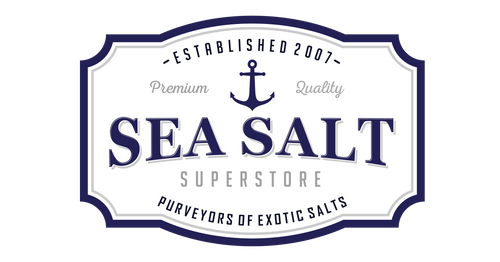Microplastics, which are small pieces of plastic that are less than 5mm in size, have been found in various types of sea salt, including kosher salt and fleur de sel. It is thought that microplastics can enter the oceans through various sources, such as the breakdown of larger plastic items, the release of microfibers from synthetic clothing, and the dumping of plastic waste.
While the presence of microplastics in sea salt is a cause for concern, it is important to note that the levels of microplastics found in sea salt are generally very low. According to a study published in the journal Environmental Science & Technology, the average concentration of microplastics in sea salt was found to be around 0.01 particles per gram.
It is also worth noting that the potential health risks associated with the consumption of microplastics in sea salt are not well understood. Some studies have suggested that microplastics may be harmful to human health, while others have found no evidence of adverse effects. More research is needed to fully understand the potential risks associated with the consumption of microplastics in sea salt.
In general, it is a good idea to reduce your overall exposure to plastic, including microplastics, by using reusable shopping bags, containers, and water bottles, and properly disposing of plastic waste. Additionally, you can consider using sea salt that is harvested using sustainable practices, as this can help to reduce the overall amount of plastic that enters the oceans.
At Sea Salt Supeestore, we maintain environmental protection plans at all of our bulk ingredient harvesters that not only maintain the highest quality standards but also focuses on sustainable harvesting practices that support clean oceans.
Contact us today if you’d like more information on how we are leading the on reducing micro-plastics in our aceans and derived products.




